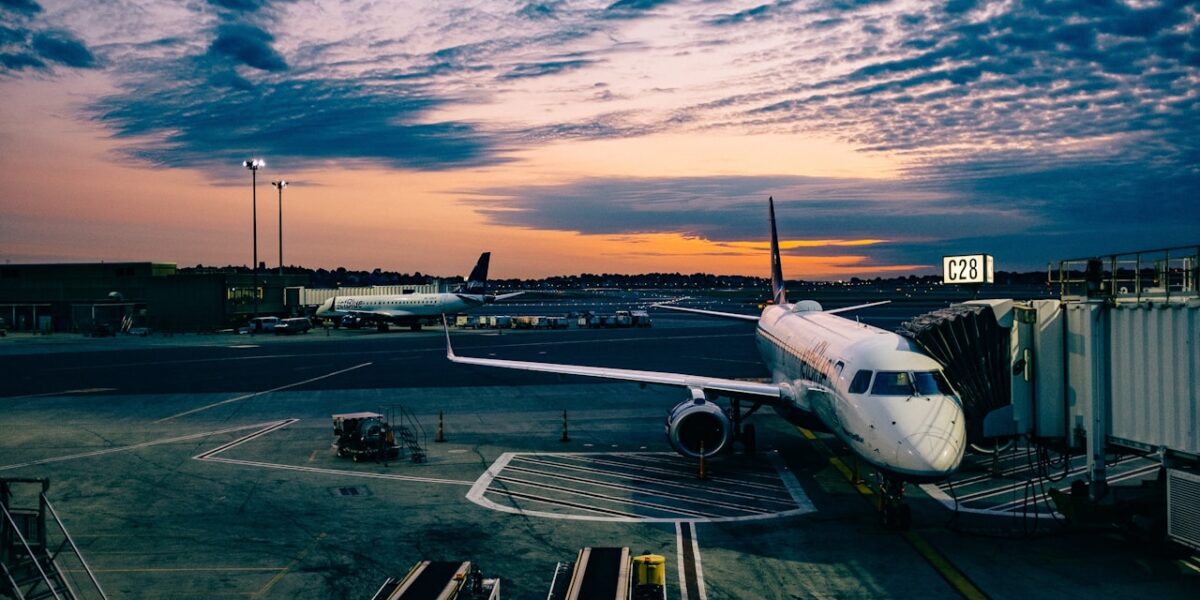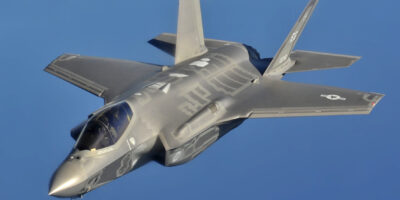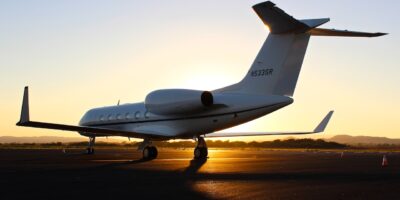Understanding Air Transportation
Understanding Air Transportation
Air transportation has evolved significantly over the past century. It stands as one of the fastest ways to travel long distances today. Understanding its intricacies sheds light on how crucial it is to modern life.

The Evolution of Air Transport
Air transportation’s history dates back to the early 20th century. The Wright brothers are often credited with the first successful flight in 1903. Their innovation laid the groundwork for the aviation industry. World War I and II accelerated advancements in aircraft technology. By the mid-20th century, commercial air travel became more widespread.
Jet engines revolutionized air travel in the 1950s. Aircraft could travel faster and cover greater distances. The Boeing 707, introduced in 1958, became the first commercially successful jetliner. It opened the doors to international travel for the average person.
Commercial Airlines
Major airlines dominate the industry today. These include American Airlines, Delta, and United in the United States. International giants include Emirates, Lufthansa, and Singapore Airlines. They offer a range of services from economy to first-class travel.
Low-cost carriers like Ryanair and Southwest made air travel more affordable. These airlines typically charge lower fares but offer fewer amenities. They cater to budget-conscious travelers.
Air Traffic Control
Air traffic control (ATC) ensures the safety and efficiency of flights. ATC services coordinate the movement of aircraft in the skies and at airports. Controllers communicate with pilots to provide instructions and clearance.
- Ground control manages aircraft on the ground.
- Tower control oversees takeoffs and landings.
- Approach and departure control guide aircraft in and out of airspace near airports.
- En route control monitors aircraft during long-haul flights.
Modern ATC systems use radar, satellite navigation, and digital communication. Pilots rely on these systems for precise navigation and safety.
Aircraft Types
Commercial aircraft come in various types. Narrow-body jets like the Boeing 737 and Airbus A320 are common for short to medium-haul flights. They typically have a single aisle and can seat between 100 to 200 passengers.
Wide-body jets are used for long-haul flights. The Boeing 777 and Airbus A380 are examples. These aircraft have multiple aisles and can seat several hundred passengers. They offer more amenities and cabin space.
Regional jets and turboprops serve smaller airports and shorter routes. Examples include the Embraer E-Jet and the Bombardier Dash 8. These aircraft are crucial for connecting remote areas.
Environmental Impact
Air transportation has a significant environmental impact. Aircraft engines emit greenhouse gases like carbon dioxide (CO2). This contributes to global warming. The aviation industry is responsible for roughly 2-3% of global CO2 emissions.
Efforts are underway to reduce the environmental footprint. Airlines are investing in more fuel-efficient aircraft. The use of sustainable aviation fuels (SAFs) is increasing. Innovations such as electric and hydrogen-powered aircraft are being explored.
Regulatory bodies like the International Air Transport Association (IATA) and the International Civil Aviation Organization (ICAO) set standards for emissions reductions. These organizations work with airlines and manufacturers to achieve sustainability goals.
Safety in Air Travel
Air travel is statistically one of the safest modes of transportation. Multiple layers of safety measures are in place. Aircraft undergo rigorous testing and maintenance. Pilots and crew members receive extensive training.
Modern aircraft are equipped with advanced safety systems. These include collision avoidance systems, automated landing aids, and real-time weather monitoring. The Aviation Safety Network tracks and analyzes airline safety data to identify trends and prevent accidents.
Economic Impact
The aviation industry significantly impacts the global economy. It supports millions of jobs worldwide. Airports, airlines, and related services create direct employment. Indirect employment comes from tourism and trade facilitated by air transport.
Air transport also plays a critical role in global trade. It allows for the rapid movement of goods. Perishable items like food and flowers rely on air freight. High-value goods like electronics and pharmaceuticals also benefit from efficient air transport.
Recent Technological Advances
Technology continues to transform air transportation. Automation and artificial intelligence (AI) enhance flight operations. AI-powered systems optimize flight routes and fuel consumption. Drones are being integrated into air traffic management.
Boeing and Airbus are exploring the use of autonomous aircraft. These would reduce pilot workload and increase efficiency. Unmanned aerial vehicles (UAVs) are being developed for cargo transport and emergency services.
Passenger Experience
Airlines are constantly improving the passenger experience. In-flight entertainment systems provide movies, music, and internet connectivity. Premium cabins offer lie-flat seats and gourmet meals. Even in economy, airlines strive to provide comfortable seating and adequate legroom.
Airports are becoming more passenger-friendly with better amenities. Enhanced security measures ensure safety without compromising convenience. Biometric screening speeds up the check-in and boarding process.
Challenges and Future Prospects
The COVID-19 pandemic drastically impacted the aviation industry. Airline revenues plummeted due to travel restrictions and reduced passenger demand. The recovery has been gradual but steady.
Airlines are adapting by implementing health protocols. Touchless check-ins, enhanced sanitation, and social distancing measures are becoming standard. The industry is also focusing on financial resilience and risk management.
Future prospects look promising. Sustainable technologies, AI, and increasing connectivity will continue to shape air transportation. The focus will remain on efficiency, safety, and passenger satisfaction.



